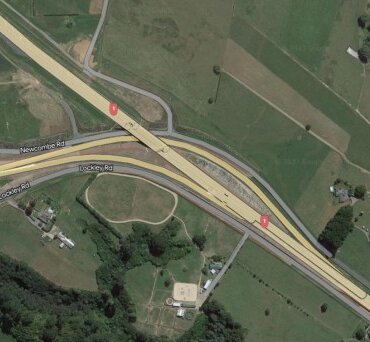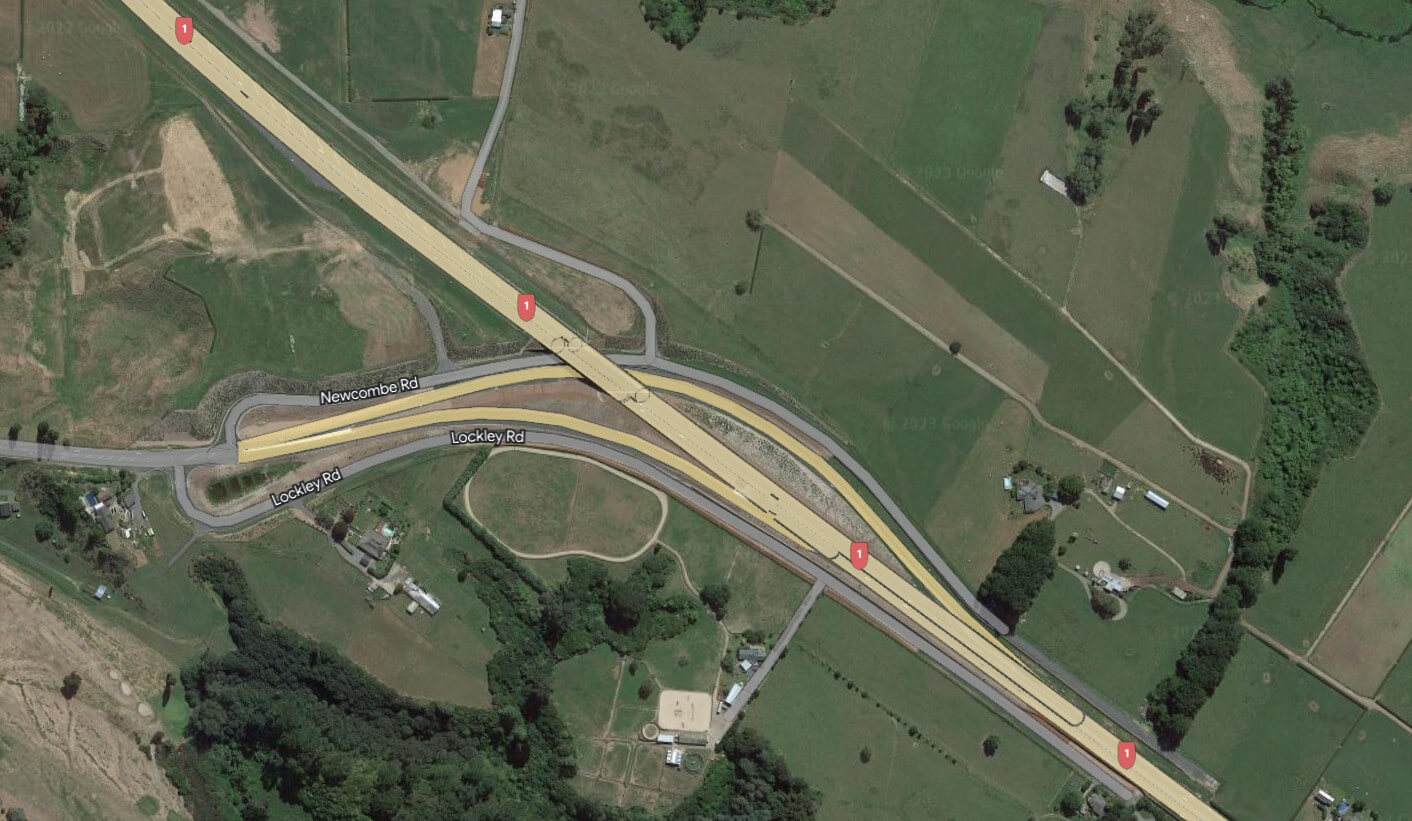
Quarry application
A David and Goliath battle is underway following an application, lodged last week, to establish a giant quarry on the eastern outskirts of Cambridge.
Even before independent commissioner Rob van Voorthuysen starts work on assessing the proposal on behalf of Waipā District Council, locals are queuing up to oppose the plans.
The 815-page application, also lodged with Waikato Regional Council, has come from RS Sand Ltd – owned by Stevenson Aggregates Ltd – and will see up to 400 truck movements a day through the town.
The required water take is 1.2 million litres a day – half for the processing plant, the rest for dust suppression.
Quarries produce microscopic particles of silica that exist within sand dust. Recent research shows the dust can travel many kilometres and is responsible for a disease called silicosis, a long-term lung disease which cannot be cured.
Opponents include the Newcombe Rd quarry’s immediate neighbour Rhys Powell who alerted The News to the proposal last year.
The 134.67ha of land for the proposed quarry – which would only operate on 27ha – is zoned rural. It is 3.5kms east of central Cambridge and about one kilometre from new housing to the northeast of the town. It is surrounded by a mix of farming activities and lifestyle properties with Cambridge Golf Club nearby.
Lining up behind Powell is the Cambridge Chamber of Commerce which plans to use its advocacy role on behalf of the chamber’s 320 members.
Chief executive Kelly Bouzaid said the chamber is not anti-quarry and recognises there are other quarries operating successfully in the district.
“We do however have a duty of care, given the potential significance of the proposed site and its proximity to Cambridge, and the possible impacts it could have on our township,” she said.
Giant construction company Fulton Hogan – an unlisted public company with assets worth $2 billion – bought Stevenson Group’s quarrying and concrete plant assets five years ago. The purchase helped boost Fulton Hogan’s earnings. Last year the company announced a net profit of $301 million from $4.78 billion revenue and told shareholders in November it had a record $8.5 billion of new work in the pipeline.
The application says most days there would only be 16 truck trips every hour, most of them to and from the Cambridge growth cells.
“There is sufficient network capacity to accommodate these traffic demands with routes used by trucks being part of, or formerly part of the state highway network. Volumes on Tirau Road would be significantly less than it operated under state highway conditions,” the application says and goes on to say the company’s analysis of the road network identified “no particular road safety issues” with most of the material expected to be used in Cambridge.
The quarry’s impact on the wider rural landscape would be less than minor once the site is rehabilitated, the application says, and a recent survey showed there was a low level of long-tailed bat activity. The long-tailed bat is a nationally threatened species.
Three iwi have confirmed rights and interests within the proposed quarry area – Waikato-Tainui, Ngāti Koroki Kahukura and Ngāti Hauā.
The application says a site visit by a cultural advisor for tangata whenua revealed “there are no spiritual matters of concern for the site or activity.”
Powell said he was concerned van Voorthuysen, a Napier-based independent commissioner, would decide whether the proposal should be open to public scrutiny. Van Voorthuysen has nearly 40 years’ experience in environmental and resource management, policy analysis and senior corporate management in both the central and local government sectors.
“The council has currently entrusted only one individual, who is not a resident of Cambridge/Waikato, with the responsibility of shaping our town’s destiny for the next quarter of a century.
“We must come together to ensure that the decisions that will shape our community are made by those who know it best – us the ratepayers and business owners.
“Let’s rally for a fair, informed, and transparent decision-making process not leaving it to one person to decide on everything,” said Powell.
Bouzaid said the chamber had two significant concerns.
The first were the traffic movements along Albert Street and Cambridge arterial routes and the second was the dust pollution.
“(We’re worried about) the impact this may have on the township,” she said.
- The application is too large to load onto The News website so we have included a link online to it which will expire on July 18. Download the application.











